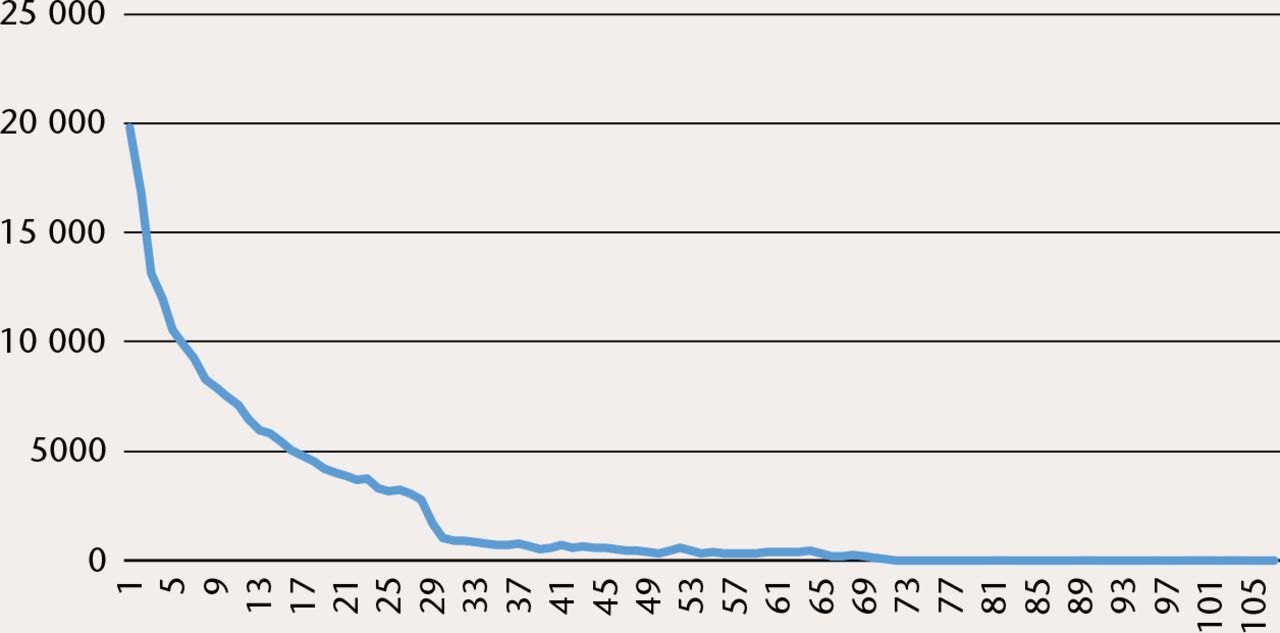Right at the birth of orthopaedic surgery, innovations and new treatments were communicated through letters to societies and in treatises, and rather long textbooks describing experiences of treatments. In fact, the oldest known records of orthopaedic treatments described in the Edwin Smith papyrus from Ancient Egypt are true to this formula of simple series of descriptive cases, a method also used by the fathers of orthopaedic surgery in their own treatises in the 19th century. Academic medical writing, and specifically orthopaedic writing, became more formalised with the advent of scientific societies which soon started circulating newsletters that rapidly became journals with the addition of peer review, and more modern scientific methods.
This model has remained mostly unchanged and provides regular updates of current scientific methods to members of professional bodies. However, the electronic revolution has changed this somewhat. The most readily available source of up-to-date information is no longer the monthly visit of the postman bearing the latest version of The Bone & Joint Journal. The rapid rise of open access journals and online publishing has exponentially expanded the numbers of orthopaedic publications year on year (Fig. 1), with around 20 000 publications last year compared to 5000 just nine years ago. We all know that the quality of these excess publications is not improving. On the one hand, the ease of access in the digital age ensures it is easy to sift through information and identify that which is most relevant, but on the other, it can make it increasingly easy to miss important publications.

Fig. 1
Orthopaedic publications by year.
However, there is a real danger with the move away from the printed journal. Important messages are still printed in high-impact and leading journals. Game-changing papers are unlikely to appear in internet-only journals of orthopaedics, and if they do, they are unlikely to be read and even less likely to change practice.
Scientific research isn’t just entirely about finding things out – like all of medicine, it is about improving patient care. I was heartened to read the report of how the DRAFFT study1 changed clinical practice in the BJJ (and reported here in 360) this month. However, I can’t help thinking that the impact this study has had may be as much to do with the massive publicity effort that Professor Costa and his team in Oxford have put into publicising the result. Although a large study, the simple message that K-wires are as effective as volar plates is not necessarily any more important than that of David Stanley and colleagues who reported in the same issue that elbow arthroplasty is successful in supracondylar fracture of the distal humerus over a 10-year follow-up.2 Without the funded PR machine behind the DRAFFT study, a similarly important ‘take-home message’ relies on the exposure given to it by the journal in which it’s published.
As the national regulatory authorities are becoming increasingly involved in revalidation and keeping up-to-date, I hope this will return the importance of the ‘leading journal’, be that a subspecialty or general journal. After all, the best and most competitive research gets published in the largest journals, and as such it is essential to keep reading them.
References
1 Costa ML , JamesonSS, ReedMR. Do large pragmatic randomised trials change clinical practice? : assessing the impact of the Distal Radius Acute Fracture Fixation Trial (DRAFFT). Bone Joint J2016;98-B:410-413. Google Scholar
2 Prasad N , AliA, StanleyD. Total elbow arthroplasty for non-rheumatoid patients with a fracture of the distal humerus: a minimum ten-year follow-up. Bone Joint J2016;98-B:381-6.CrossrefPubMed Google Scholar









